Note Taking Techniques
TASC Home
TASC Hours and Contact Info
Writing Center
Math Computer Lab
Online Tutoring
Language Arts Lab
Tutor Training
Information on Note Taking
Note Taking Techniques
Many times note taking is one of the most difficult things for a student to do effectively. It can be difficult for students to know what to write down, what is important or pertinent information, or how to structure their notes so they are easy to study from in the future. By taking the time to understand why we take notes, how best to do so, and how to use them, we are able to improve our ability to make them truly useful. Notes taken during reading or lectures can be one of the strongest tools a student has in their academic experience.
Before attempting to take notes, consider the following questions:
What is effective note taking?
How can I take good notes in class or from written texts? Is it different for each?
What is the overall goal of my note taking?
How do I study and what should I include in my notes to help this process?
How is the class that I am taking taught and how should I take notes based on this?
Why do we take notes?
To summarize.
To highlight important information.
Most importantly, to review and study from later.
What should be included?
Pertinent information –
What subject/chapter are you covering in class that day? Look on your syllabus. Any information that is presented and pertains to that area is pertinent information.
Valid information –
Before including information in notes, it is important to determine if the information is accurate and based on fact.
Questions you have –
These include questions you have about things you don’t understand and the topics that you need clarification on later. Perhaps they may even include questions about how the point pertains to the subject. Account for anything that will prompt your memory later when you are reviewing.
Ideas –
Write down ideas that you come up with during discussion in class, from points read in the text, or even ideas for an upcoming paper or essay exam.
Verbal clues –
These may include clues from the professor about future exams, or future implications of the material on concepts you will study later.
Points to study later –
Included can be ideas/concepts you need more review to grasp or points the professor indicated will be covered on the exam.
Know the source (lecturer, author, etc.) –
Knowing the lecturer can help pinpoint important information or highly testable material. Even if they simply repeat material from the texts, always be prepared to take notes and listen. There may be clues in the lecture about exams and assignments. Some will amplify the textbook. This is more often the case, which means careful attention and good note-taking skills will ensure success in the course. Others will present new information typically not in the text. In this case, class notes will be the most crucial tool in this mix. The lecturer is pointing out what he/she thinks is important.
Tangents/Examples –
It may appear that your professor is off subject, but more that likely examples and real case scenarios will be given. It is important to discern between examples that illustrate points of importance and tangents that will not contribute to your understanding of the course material.
Specific order –
Follow the book or at least chapter order. This allows for a logical flow of information in your notes.
Handouts –
These are always important tools to supplement lecture. Test questions often come off handouts; otherwise they would be a waste of a professor’s time.
General tips and tricks:
- Learn a note taking system. The Cornell Note Taking System is probably the most widely recognized and used.
- Develop a personal form of abbreviations to allow you to take notes more quickly and allow you to include more information effectively.
- Skip lines to allow you to fill in more information later.
- Always date material to know what material each test covers.
- Leave marginal room for notes when reviewing or from reading text.
- Re-write notes right after lecture for better retention.
- Paraphrase! – It is easier to study from your own ideas than your lecturers’!
- Stay ahead of reading assignments. This will help you understand lecture better and give you a better indication of what notes are important to take.
- Use labels, categories, separate chapters/concepts to organize your notes.
- Keep notes clear. Doodling is distracting when you go back to study and is an indication of daydreaming during class.
- Use separate notebooks for each class.
- Underline or star key points.
- Underline or star key points.
- Record lectures if you are having trouble keeping up. (Remember to ask permission from lecturer).
- Know the type of test you will be taking, if you are going to be tested on the material. This will allow you to tailor your notes to fit this style.
- Diagram relationships between information. This can be especially useful in subjects such as history.
- If your lecturer repeatedly speaks on a topic, it is likely that you will have to know it in the future.
Use your notes for review and study later:
The main reason we take notes is to aid our studying later. Use them appropriately. Review your notes frequently, this can be extremely useful even in short sittings. It is best to begin this process within 24 hours of first taking the notes. By doing so, retention is greatly increased. The more you use your notes, the more familiar the material will become and the more information you will retain for future use.
 TRCC EXTRANET
TRCC EXTRANET




